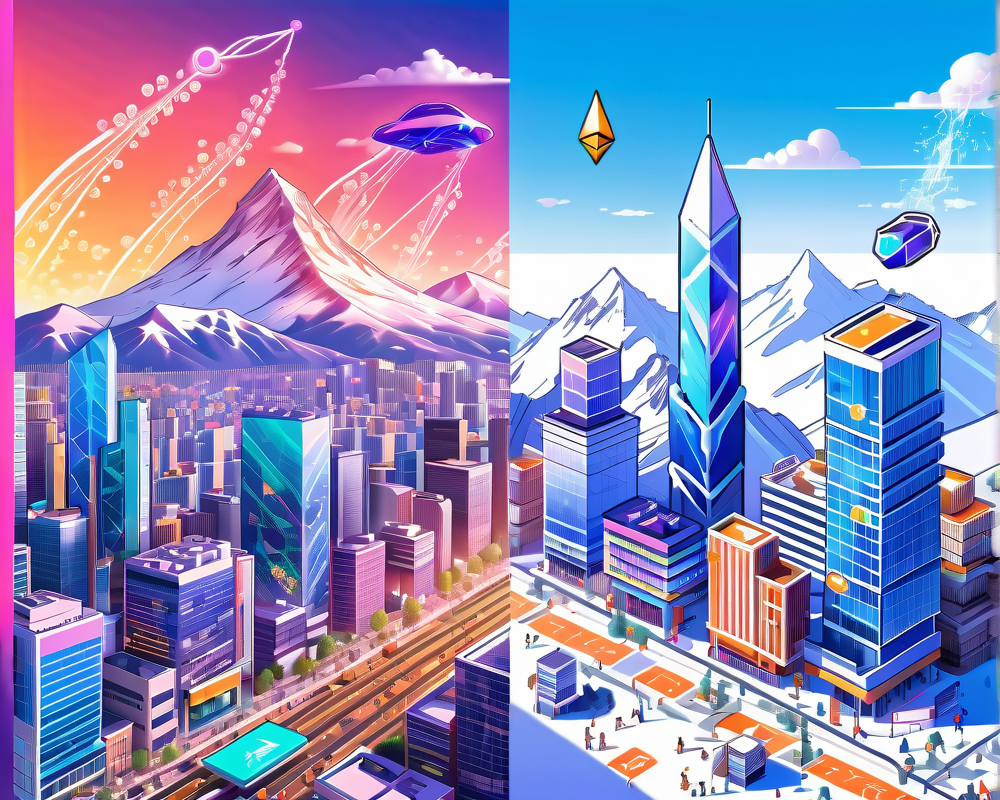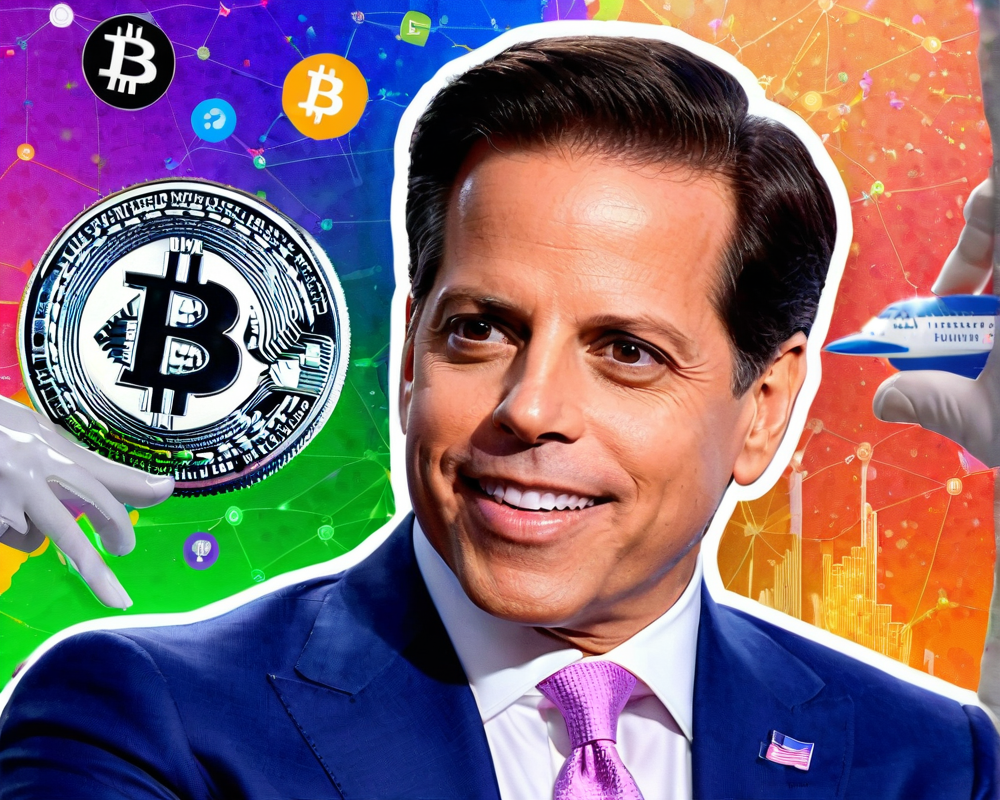Introduction: Cities and Smart Contracts
Grayscale’s recent report showcases the intriguing parallels between smart contract platforms and urban landscapes. Just like New York City can be both the vibrant heart and the claustrophobic belly of America, Ethereum stands out as the towering giant of the blockchain world, for both good and frustrating reasons.
Ethereum: The New York City of Blockchain
When it comes to smart contracts, Ethereum reigns supreme but not without its own set of challenges. Grayscale likens Ethereum to New York City—”vast, expensive, and congested in certain areas.” With over 500 applications generating a mind-boggling total value exceeding $100 billion, it’s no wonder many developers flock to it. But as users diligently try to navigate through rising gas fees and overcrowded transactions, it sometimes feels like rush hour in the subway.
Scalability Solutions: The Skyscrapers
To combat congestion, innovations like Layer 2 solutions are like building skyscrapers in a bustling downtown. The report compares Polygon, a popular L2 solution, to these skyscrapers—raising capacity without needing to expand horizontally. It’s proof that even if you’re cramped, there’s always room to grow upward!
Competing Blockchains: The Other Cities
Not everyone is vying for a part of the crowded New York scene; some developers are making their way to alternative blockchains that offer more favorable conditions.
Solana: The Speedy Los Angeles
Grayscale casts Solana as the speedster of the blockchain world, akin to sunny Los Angeles. With its unique architecture and a fast consensus mechanism, it processes transactions at lightning speed—around 2,300 per second! It’s often the go-to for on-chain order books, drawing users who can’t afford New York’s high fees.
Avalanche: The Chicago of Blockchains
The report places Avalanche as Chicago—a city that embodies smaller but cheaper transactions compared to New York with fewer crowds in development. Avalanche’s game-specific subnets, like Crabada, provide a newer identity, proving you don’t need to be the largest to innovate successfully.
Gas Fees: The Price of Rent
As Ethereum’s transaction fees rocket past $10, many users have opted for the lower-cost living that rival blockchains offer. Think of it like relocating from Manhattan to a suburban neighborhood. Who doesn’t appreciate a bargain when it comes to running costs?
The Future: Growth in the Metaverse
Look ahead, and Grayscale sees it bright. The firm believes the combined market opportunity for DeFi (Decentralized Finance) and the Metaverse is poised to eclipse the current $2 trillion digital asset market cap. It’s like overnight, the sleepy suburbs sprouting Metaverse-themed businesses and DeFi shops are popping up all over.
Conclusion: City Life Meets Crypto
In essence, the world of smart contract platforms is a bit like our cities—each has its highs, lows, and cultural quirks. While Ethereum remains the king of the hill, it’s clear that alternative blockchains are on the rise, crafting their own identities and ensuring that the smart contract ecosystem is not just a one-horse race. Time to pick your city wisely!




